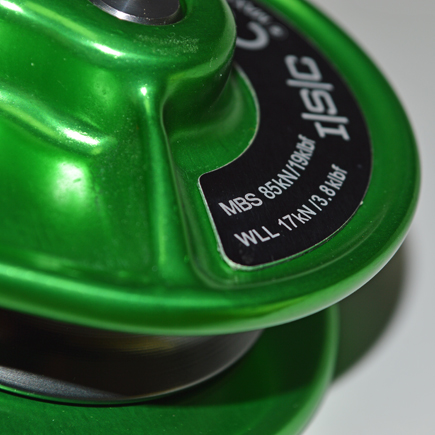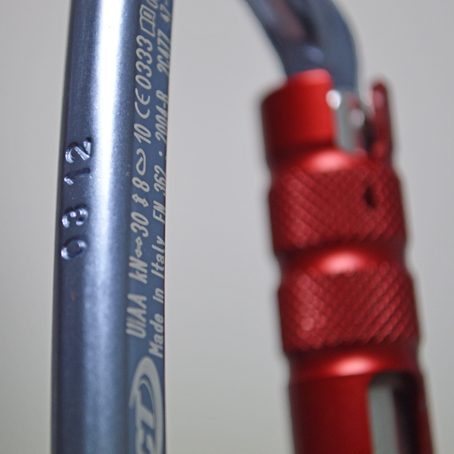
A Guide to the Lifting Operations and Lifting Equipment Regulations 1998 (LOLER)
The Lifting Operations and Lifting Equipment Regulations (LOLER) came into force on 5th December 1998. The legislation effectively consolidates and replaces pre-existing legal requirements contained in regulations such as the Construction (Lifting Operations) regulations 1961, the Docks Regulations 1988 and the Lifting Plant and Equipment (Records of Test and Examination etc) Regulations 1992.
In this guide, I want to give a brief summary of LOLER, what it means for employers and employees and what it covers. Let’s begin by examining why this regulation is important.
Why LOLER is Important
LOLER regulations apply to any employer or self employed person who is providing or using lifting and lowering equipment at work (this excludes members of the public operating equipment such as lifts). Along with the Provision and Use of Work Equipment Regulations 1998 (PUWER), which also covers lifting equipment, it is vital to ensuring all lifting equipment is strong and sturdy enough for the job in hand and positioned and operated in such a way as to minimise risk to both workers and members of the public.
Below are just some of the ways injuries can result from a failure to adhere to LOLER and why it’s so important to maintain safety standards in working environments.
- Moving machinery or ejected or falling material can hit and injure people.
- Parts of the body can also be drawn in or trapped between rollers, belts, chains and pulley drives.
- Sharp edges can lead to cuts and severed limbs and sharp points can lead to stabbing injuries
- Rough surface parts on lifting machinery can cause friction or abrasion.
- People can be crushed as a result of the moving parts of lifting equipment.
- Burns or scalds can result from hot parts or ejected steam from some lifting equipment
- Electrical shocks can result from poorly maintained machinery or exposed circuitry.
- Lifting equipment can ultimately fail and loads may drop, either crushing people below or anyone using the lifting equipment to ascend or descend.

Planning Lifting Operations
Key to LOLER is the requirement to undertake a thorough risk assessment and make the appropriate preparations before a lifting or lowering operation. All equipment must be thoroughly checked that it is safe for the work in hand, whether that be when setting it up or during normal use. All equipment must be switched off, isolated or locked off before any cleaning or adjustments are made.
To make the equipment safe, it’s important to identify any electrical, pneumatic or hydraulic power supplies, prevent access to dangerous parts using fixed guards where appropriate. You should also be aware of any poorly designed safeguards which could lead to inappropriate use from workers taking shortcuts.
Lifting equipment must be marked appropriately with its safe working load (SWL) based on its configuration. Where the equipment is designed to lift people, it should be clearly marked how many people it can lift. In aerial tree work, tree surgeons and arborists often climb using the traditional method of a climbing rope and harness, and use lowering ropes to bring branches safely to the ground – all of which should be marked with a SWL.
Risk identification and assessment must be carried out before lifting operations of any kind begin. This should include:
- Making sure the right equipment has been selected for the job in hand.
- Checking the equipment is complete and in working order with all safeguards fitted correctly.
- Creating a safe system of maintenance and use of equipment that all relevant parties are aware of.
- Regular inspection of areas where deterioration is most likely to occur in the equipment.
- Checking all equipment is properly installed.
- Making sure all equipment is installed in an area that minimises risks to other workers and member of the public.
What Equipment is covered by LOLER?
Lifting or lowering heavy loads can be dangerous if the equipment is not suitable for the application, is faulty or not used properly. LOLER covers any lifting or lowering, using heavy machinery or “lifting accessories and attachments used for anchoring, fixing or supporting the equipment”. This can include lowering devices, winches, ropes, pulleys, connectors and lanyards as well as heavier equipment like cranes, fork lifts, and hoists.
Some equipment that could be deemed as lifting or lowering equipment isn’t covered by LOLER. This includes lifting equipment which isn’t used at work and continuous equipment that is used mainly for transporting people or goods such as escalators, moving walkways, conveyor systems and simple pallet trucks. This equipment would be covered by PUWER though and is therefore liable to proper risk assessment, inspection, maintenance and training requirements.
The HSE website has a full list of lifting equipment covered, as well as that which is only covered by PUWER.
